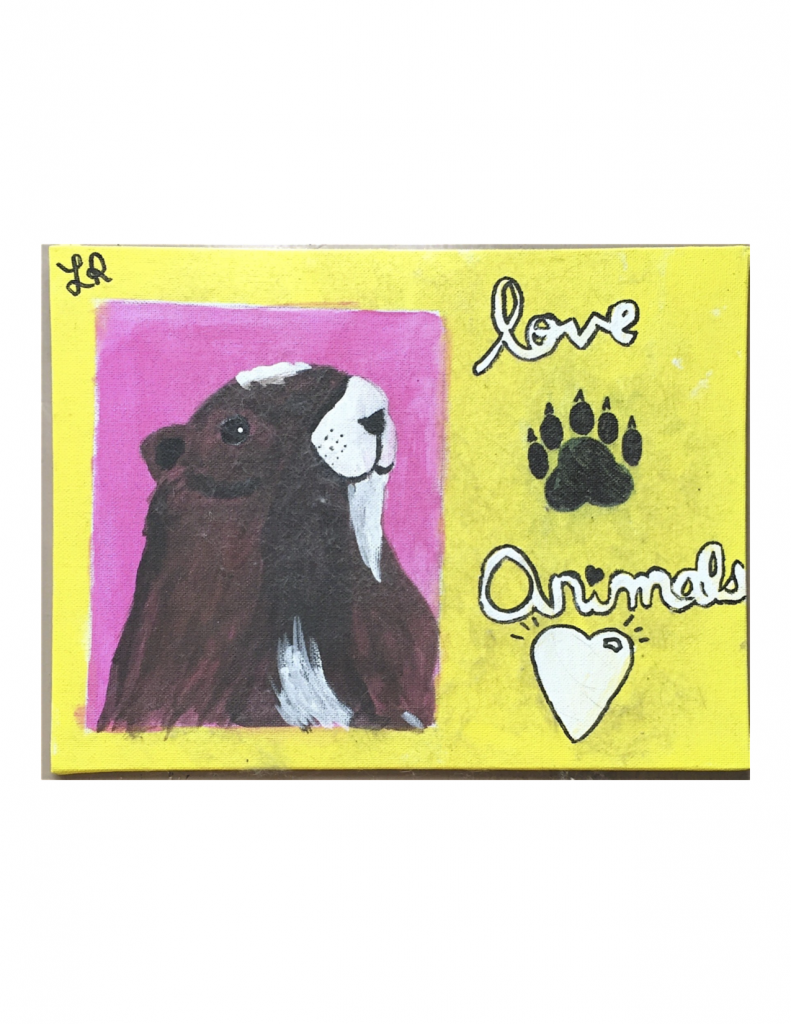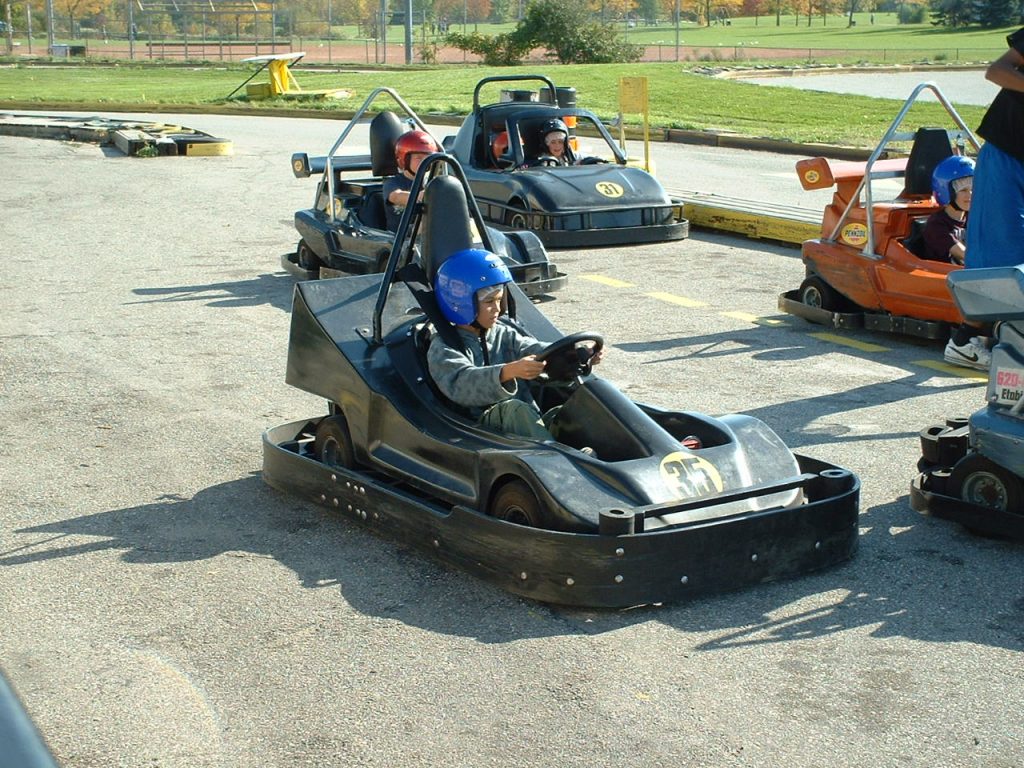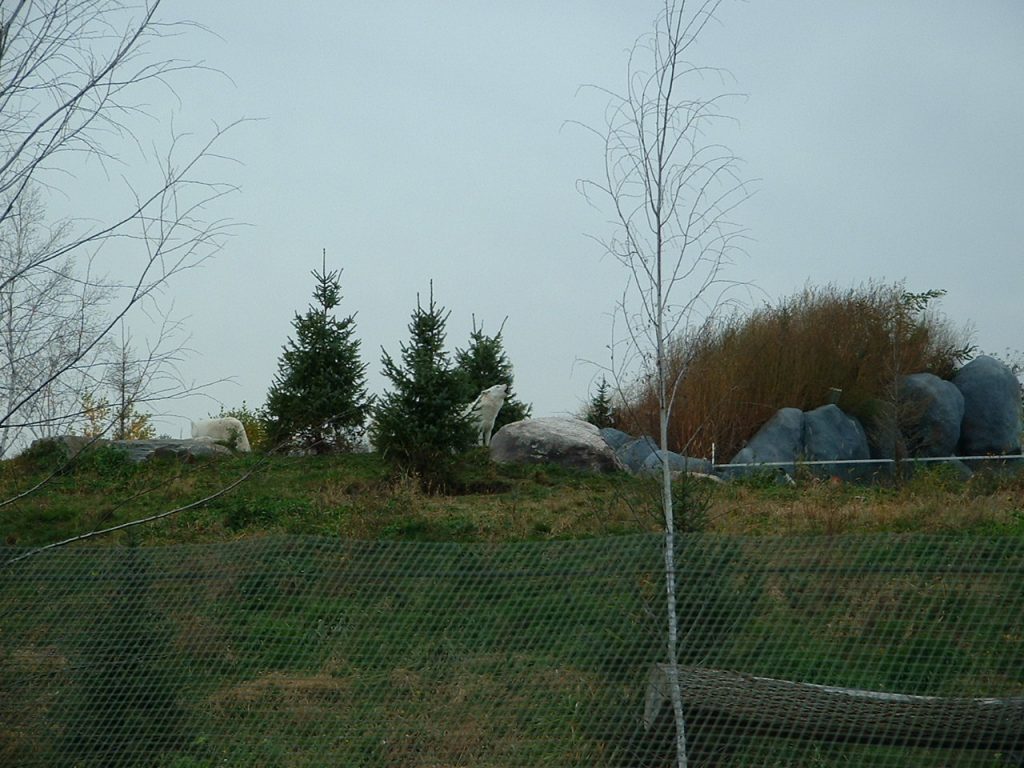For M, animals were fascinating in and of themselves. Always a fan of trivia, fun facts and world records, there were so many great books, shows and video clips that engaged his interest. And oh my goodness, the “Meet the Animal Keeper” events at the zoo – so many tidbits and up close viewings. For years, we could not get into the Americas Pavilion without stopping at the adjacent area for the snake demonstration. Opportunities to touch and hold reptiles and all animals, really, were so fascinating for him. I remember one afternoon that he and I were hiking in a new spot through some really tricky, hilly forest and he matter of factly looked at a log and said, “I’ll bet there are salamanders under there.” Encouraging, but not necessarily hopeful, I agreed that maybe there were. He lifted up the log and yep, there were salamanders:). He loved to comb the rock beach and look for creatures living in the cracks and crevices of things. Fishing, hiking, exploring … anything hands on and scientific drew him in. And the dogsled races … so much fun for this guy. The pull to animals had nothing to do with “story” in the way it did for G, but everything to do with just the fascination with living creatures for what they were.










For L, animals have been another route to art. Originally, though, the focus was stuffed animals and make believe events. Stuffed animals having tea parties, stuffed animals having conversations, stuffed animals that she could make little props for. This was quite different than the epic sagas full of drama that G was creating with his small model animals – those were very much from the third person perspective. These social events of L’s and her stuffed animals were much more about her own physical set up and event details – normally they involved everyone having a decorated paper invitation or admission ticket – and involved a social element of which she was usually a part. Eventually, this interest disappeared and animals became something she noticed for their form and characteristics. They started to appear in her art.


And for S, it was all about exploration – looking, noticing things and hopefully finding animals. Hiking and being open to seeing what we found, watching for wildlife if we were driving. He always enjoyed keeping his eyes open for animals and still does. It wasn’t so much about a chance to hold them and hadn’t much to do with turning them into characters or drawing them. It was truly a sense of exploration. Animals were part of the bigger picture of nature. Books like Owl Moon by Jane Yolen and the photographic Stranger in the Woods by Carl R. Sams and Jean Stoick were perfect. He loved binoculars and also had a headset with sound magnification. He loved to be with groups of kids traipsing through the forest on adventures, often with walking sticks they’d collected along the way and would keep his eyes open. He would also often veer on ahead on his own. One of his favourite parts of camping continues to be taking a solitary bike ride or walk to just see what he might come across. There was a dramatic element for him with animals, too, though, and it usually involved the enjoyment of simply wearing a costume. If there was some sort of mask available…





The final aspect that I have time for in this post (there’s so much more fun stuff – have a look for Part 2 soon) is “the urge to be seen” during play. At some point I remember noticing that although in a group of kids S was quite quiet, he was almost always looking to see if I was watching. If a bunch of kids were running around a tree or pole in a big circle, the others were focused ahead, but each time he came around, he would look over to me to see. If they were on a ride at a fair or driving Go-karts or anything that involved circling around to where I was a number of times, without fail, I’d see the shy grin, hoping I was watching. When I look at recent photos, I actually see the same thing. In several photos of L and S kayaking last summer, she was focused ahead while, more times than not, he was looking over at the shore, lol.
.


Of course, things aren’t quite this linear and weren’t then either. Often the kids came up with common games to play together with the same toys, but more times than not, I could still see the thread of personality running through the game of whoever’s idea it had originally been. There are also a whole host of other factors related to way kids play – everything from sensory needs, birth order, climate or physical space they live in, to simply what’s available as far as resources. Depending on how you look at it, though, those things are each part of how personality ends up playing out. People change as they grow up and get older, but as I’ve watched the “growing up” process, it really is fun to see the tendencies winding through their lives:).
You might be interested to continue reading about this is Part Two – The Different Ways Children Express Themselves – Real Learning? and Part Three – As Kids Get Older.
Have you noticed connections between personality and play? Differences between kids? Thoughts?


Enjoy this post? Please share.


Yes, lots of differences between kids which is what makes it fun! I was struck by the idea of third person pretend play vs first person. I hadn’t really ever thought about that distinction but yes, that’s so true and I’m going to see if I notice that going forward. Also I’m now thinking about one child whose pretend play involved a lot of props and creating things vs another who has it all playing out inside his head and then sometimes turns that into a written story. I enjoyed this. Thanks!
Yes, so many differences in pretend play! We tend to lump it all together but there are lots of different distinctions. You mentioned the child whose pretend play involved a lot of props and making things. I know that scene! I found there was such excitement about making all “the things” to go along with the story/play they were in the midst of. I sometimes didn’t have quite the right materials so things got even more creative to find Plan B materials that might work. Thanks Liz:).